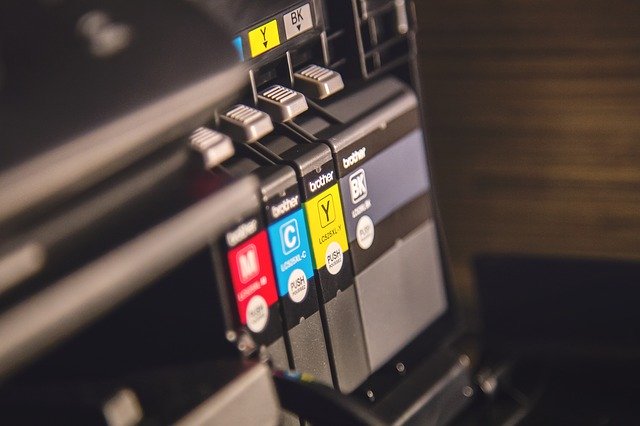Printers have produced great things. Stories had touched lives because of books, which wouldn’t have been possible if not for these printers. Recently, printing out a tangible three-dimensional product became possible. Let’s understand printing capacity by investigating the different types.
Printers that can be used at home and in the office:
INKJET PRINTERS – are the most commonly used and preferred printers, both for professional and domestic use. Its price ranges between extremely affordable and more expensive ones that have more functions. For additional features, such as being a scanner and copier altogether, expect the price to be more.
DOT MATRIX PRINTERS – This is probably the oldest kind of printer that is still being sold in the market. It does the job but it’s noisy, bulky, and is limited in terms of performance. As old and simple as its technology is, this has proven to be dependable during hot or cold weather conditions. It is not easily prone to damage because of its uncomplicated technology. It requires low-cost maintenance and sustenance. Running it doesn’t cost you that much and it is super affordable and the paper and ink are not hard to find.
Office Printers:
LASER PRINTERS – In the 1960s, Xerox developed the idea of drawing images using a laser. Fast forward, laser printers didn’t have a hard time with their performance. This was embraced by large offices because of how efficient they are compared to inkjet printers. They did the job faster and without a mess. It increases productivity as it allows the setup of higher paper capacity. It is a companion you’ll need for your growing business, but, if you won’t commit to its need for short “warm-up” times, you may end up needing to repair the printer often. This can be used in brochure printing.

SOLID INK PRINTERS – An environmentally-friendly option for businesses is this one-of-a-kind form of ink technology that was made to be space and money-savvy. What it does is it melts solid ink sticks made from non-toxic vegetable oils as it prints. This method helps in producing more vibrant tones. If you are thinking of having a solid ink printer, you should consider its simple requirement of having a warm-up and cool-down time. Also, be reminded that this product cannot be laminated as direct heat could make the ink melt as well.
LED PRINTERS – LED is a modified laser printer that uses a light-emitting diode (LED) to create images via the belt or the print drum. It only requires a few moving parts which make its performance a lot more efficient and reliable than laser printers. What many do not know is that it’s cheaper to manufacture LED printers than laser ones and that their manufacturers include extended warranty most of the time. Notepad printing can occur from these printers.
3D PRINTERS – are the most recent development in the printing process and creates a three-dimensional object from a CAD or a computer-aided design model. This doesn’t use any ink at all. Instead, it does additive manufacturing, the process of adding material layer by layer successively. In the beginning, when 3D-techniques were used in the 1990s, it was used to create simple prototypes. Later on, another modern manufacturing technique called selective laser melting escalated its capacity to produce prototypes that have very complex shapes, curves, or delicate geometries. In general, the 3D printing process involves the binder material getting deposited layer by layer onto a powder bed with inkjet printer heads. This makes its initial costs very high.
Printers will continuously evolve because of the internet and developing technology. Some prototypes have been contributory to some breakthroughs in medicine. Books have been printed out to carry on history. Who knows what the next innovation of printers could entail.
